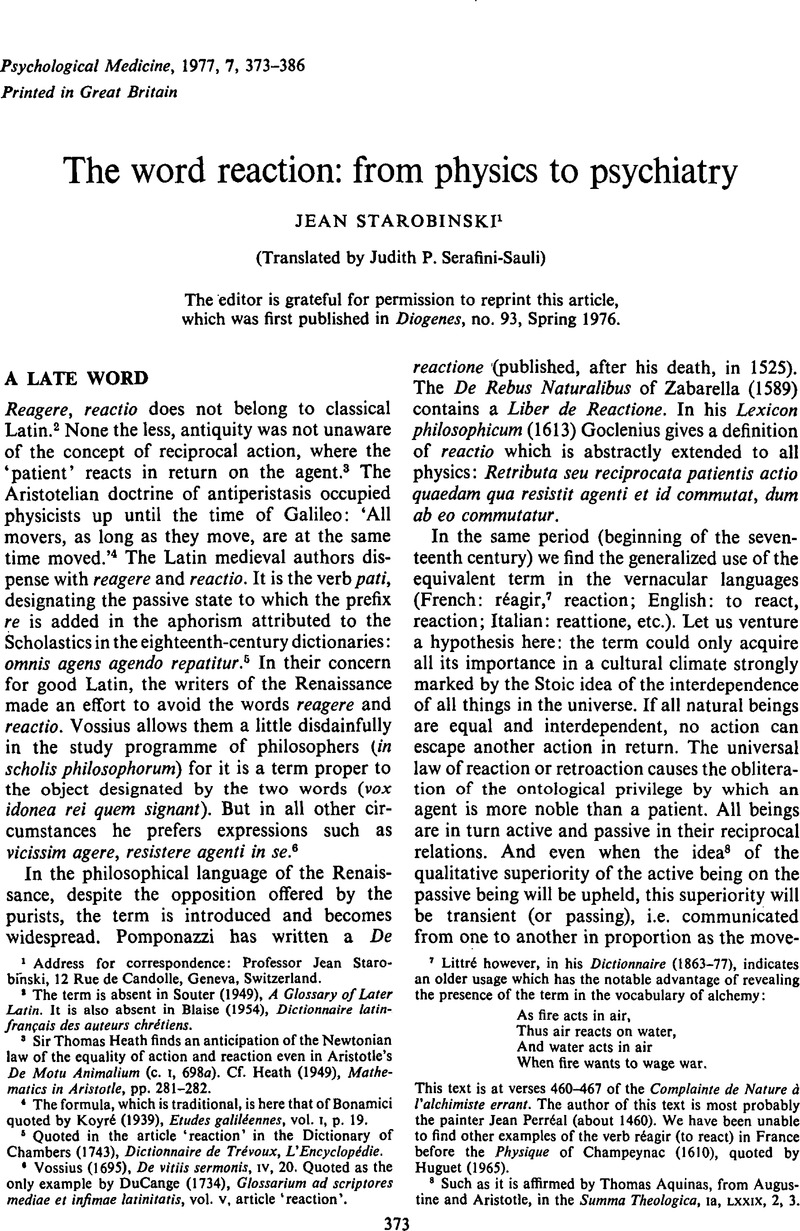Crossref Citations
This article has been cited by the following publications. This list is generated based on data provided by Crossref.
Berrios, G. E.
1985.
The psychopathology of affectivity: conceptual and historical aspects.
Psychological Medicine,
Vol. 15,
Issue. 4,
p.
745.
Berrios, German E.
2012.
A psicopatologia da afetividade: aspectos conceituais e históricos.
Revista Latinoamericana de Psicopatologia Fundamental,
Vol. 15,
Issue. 1,
p.
138.
Villagrán Moreno, J. M.
and
Luque, Rogelio
2020.
Rethinking Psychopathology.
p.
103.
Castagnini, Augusto C.
and
Berrios, German E.
2023.
Reactive Psychosis.
Journal of Nervous & Mental Disease,
Vol. 211,
Issue. 8,
p.
627.





